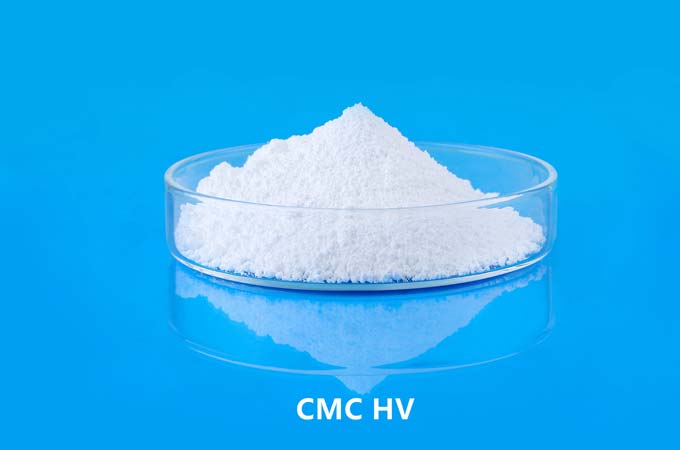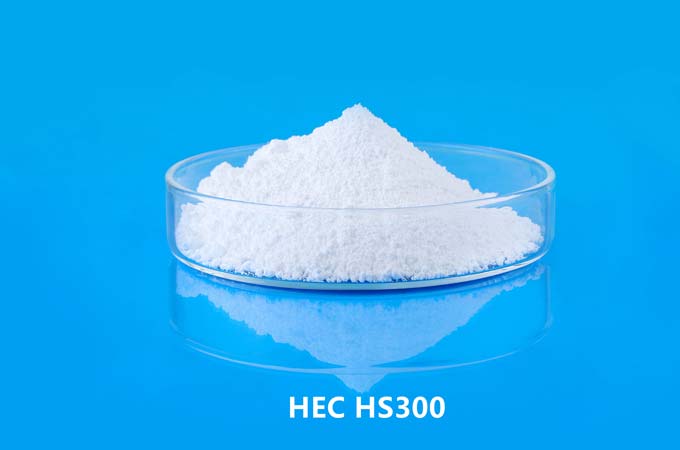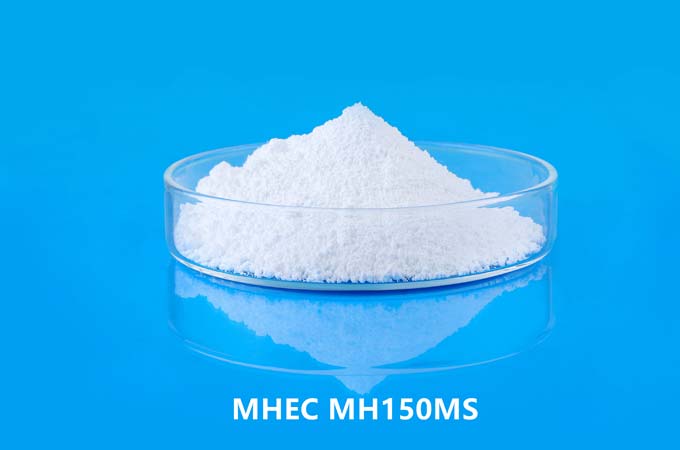1. Introduction
Redispersible Polymer Powder (RDP) is a special chemical additive that can be redispersed in water to form an emulsion by simple mixing in the form of dry powder. It is widely used in the building materials and coatings industry to enhance the performance of cement-based, gypsum-based and other inorganic bonding materials.
2. Properties
The properties of RDP mainly come from its composition and structure. Here are some key properties:
Redispersibility: It can be quickly dispersed in water and form a stable emulsion.
Adhesion: It provides strong bonding strength and improves the bonding between substrates.
Flexibility: It gives the material high flexibility and crack resistance.
Water resistance: It enhances the water resistance of the material and reduces water penetration.
Improved mechanical properties: It improves the impact resistance, flexural strength and wear resistance of the material.
Weather resistance: It improves the weather resistance of the material and keeps it stable under various climatic conditions.
3. Preparation
The preparation of redispersible polymer powder is mainly divided into the following steps:
Emulsion polymerization: First, monomers (such as vinyl acetate, acrylate, styrene, etc.) are used for emulsion polymerization in water to form a polymer emulsion.
Spray drying: The formed emulsion is spray dried, which removes water and obtains dry polymer powder.
Post-treatment: In order to improve the fluidity and storage stability of the powder, some additives such as anti-caking agents may be added.
4. Application
RDP has a wide range of applications in the construction and coatings industry, including the following aspects:
4.1 Construction adhesives
In tile adhesives, gypsum-based and cement-based adhesives, the addition of RDP significantly improves the adhesion and working performance of these materials. It improves construction performance, prolongs open time, and reduces sag and sagging.
4.2 External wall insulation system
RDP plays an important role in external wall insulation system (ETICS). It enhances the adhesion between the insulation layer and the substrate, and improves the flexibility of the insulation board and mortar to prevent cracks.
4.3 Self-leveling mortar
In self-leveling mortar, RDP provides excellent fluidity and leveling properties. It also improves the compressive strength and bonding properties of the mortar, making construction more convenient.
4.4 Repair mortar
Used in concrete repair mortar, RDP can improve the bonding and flexibility of the mortar, enabling it to better adapt to the deformation of the substrate, increase durability and crack resistance.
4.5 Interface treatment agent
As an interface treatment agent, RDP enhances the bonding between new and old concrete or other substrates, ensuring a firm bond between the repair material and the substrate.
5. Advantages
The advantages of using redispersible polymer powders are varied:
Easy construction: RDP can be directly mixed with other powders and can be used by simply adding water and stirring. The construction is simple and fast.
Stable quality: The chemical composition and physical properties are strictly controlled during the production process, making the final product quality stable.
Improved performance: Significantly improve the physical properties of building materials, such as bonding strength, flexibility, crack resistance, etc.
Environmental protection: Compared with traditional emulsions, RDP is more convenient to transport and store, does not require a lot of water, and reduces energy consumption and carbon emissions.
6. Selection and application considerations
When selecting and using RDP, the following factors need to be considered:
Applicability: Different application scenarios may have different requirements for RDP, such as adhesion, flexibility, and water resistance. Therefore, it is necessary to select the appropriate type of RDP according to the specific application.
Amount of addition: The amount of RDP added usually depends on the degree of performance improvement required. Excessive or insufficient amounts may affect the performance of the final product.
Mixing method: To ensure uniform dispersion, RDP usually needs to be evenly mixed with other dry powders and fully stirred with water before use.
7. Future development
As the construction industry's demand for high-performance and environmentally friendly materials increases, RDP technology is also constantly improving. For example, developing more environmentally friendly polymer monomers, improving the stability of polymer emulsions, and developing new application areas are all future research directions.
As a multifunctional building additive, redispersible polymer powder (RDP) has been widely used in the construction and coating fields due to its excellent performance. It not only improves the physical properties of the material, but also simplifies the construction process and provides good environmental adaptability. In the future, with the continuous advancement of technology, RDP will play a greater role in more fields.
 English
English 日本語
日本語 français
français Deutsch
Deutsch Español
Español italiano
italiano русский
русский português
português العربية
العربية Türkçe
Türkçe Nederland
Nederland



